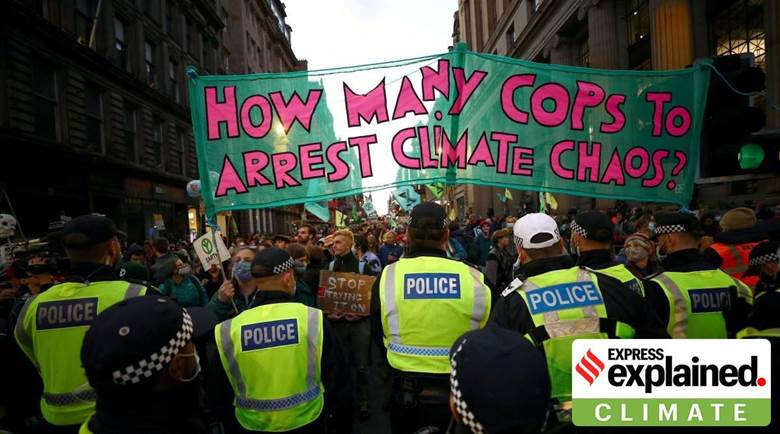Free Courses Sale ends Soon, Get It Now


Free Courses Sale ends Soon, Get It Now



Copyright infringement not intended
Context: A year ago at the U.N. climate talks in Glasgow, Scotland, countries, banks and business leaders announced a slew of climate plans and pledges. Here is an update on how some of the biggest promises have since progressed.
Details:
National emissions plans
Deforestation
Methane pledge
Quitting fossil fuels
$100 billion by 2023
Greening business
Data reporting standards
https://indianexpress.com/article/explained/cop26-climate-pledges-stand-8245692/
© 2024 iasgyan. All right reserved